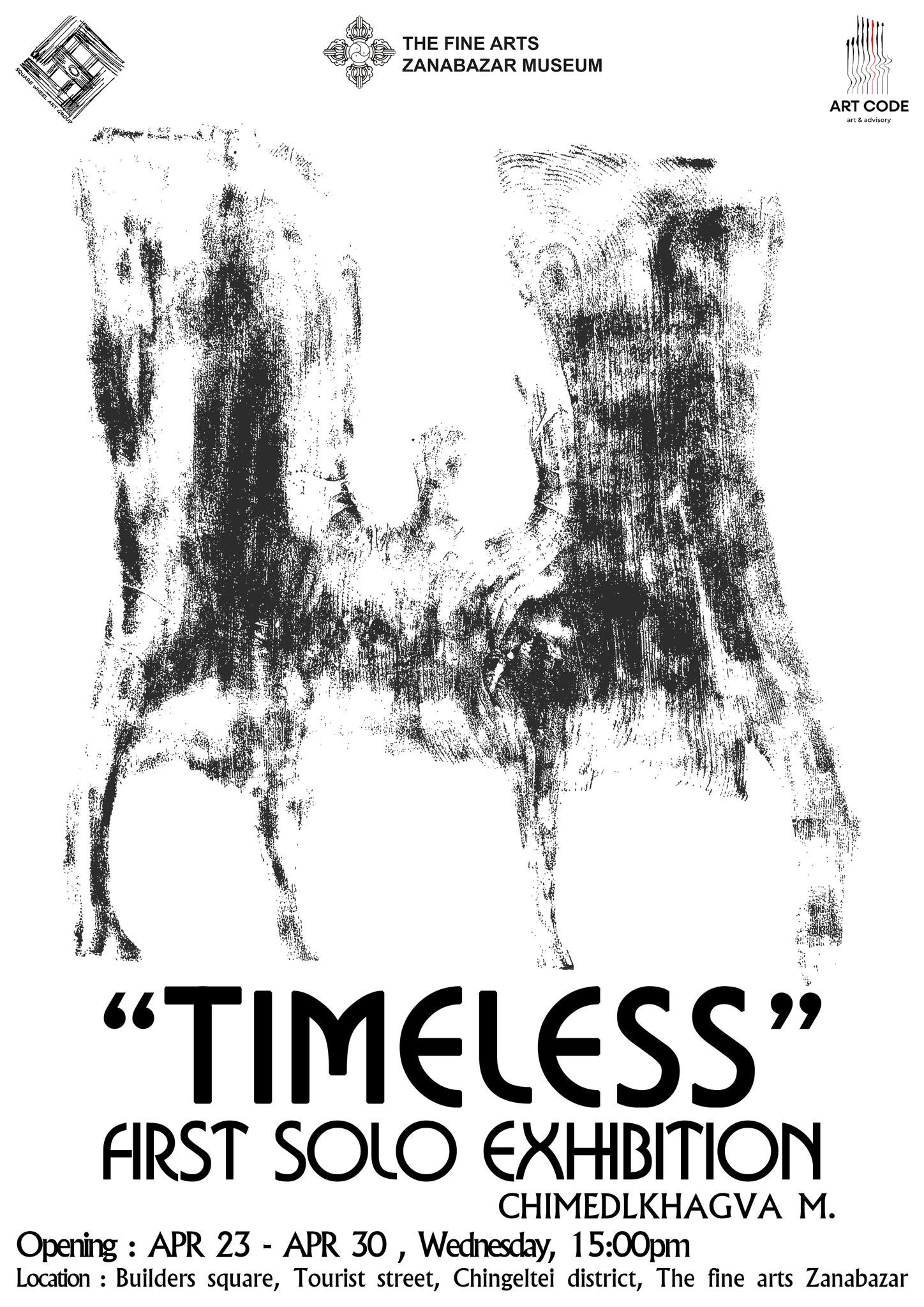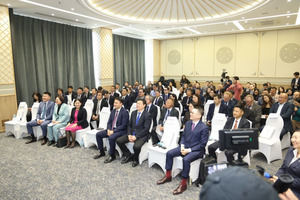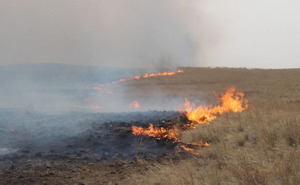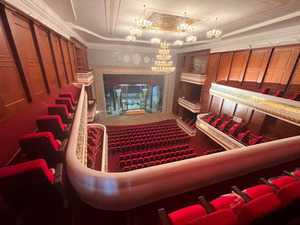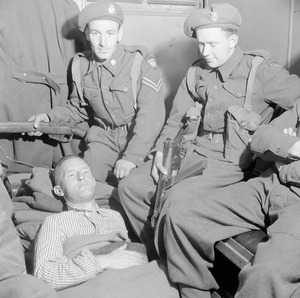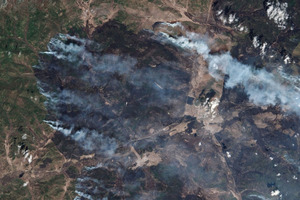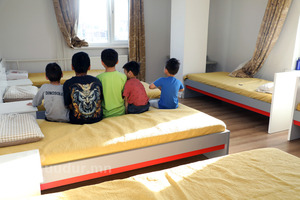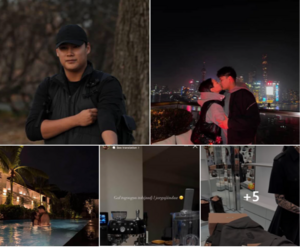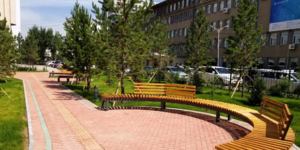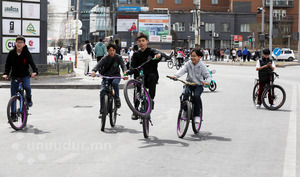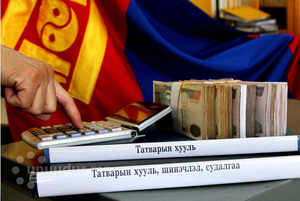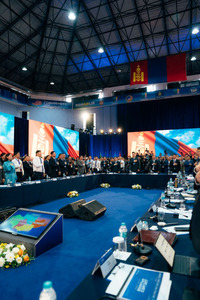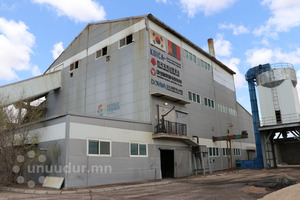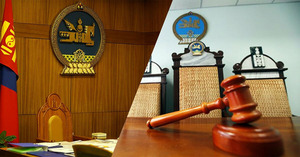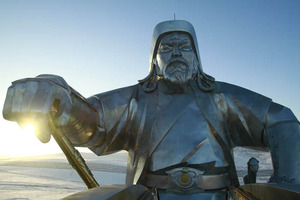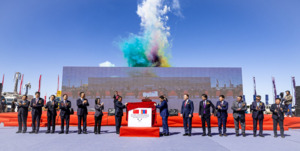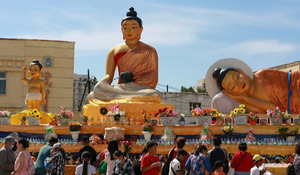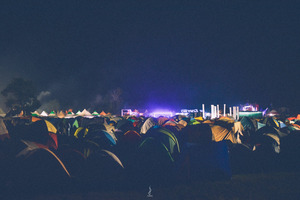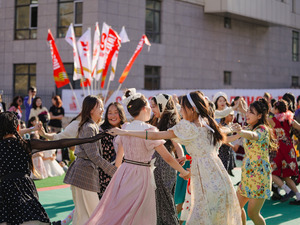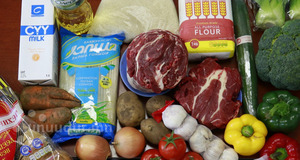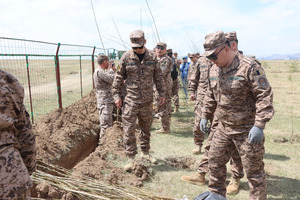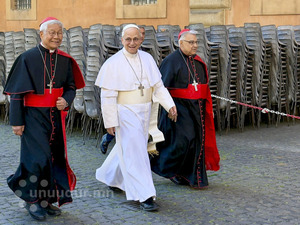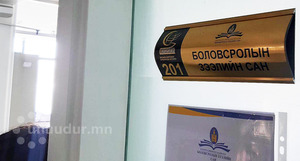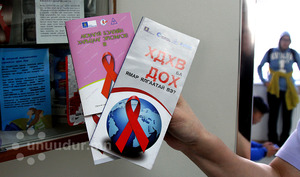I remember reading “The world is flat” (-by Thomas L. Friedman) back in high-school, and at the time itseemed easily applicable. The evidence was compelling, globalization is something that cannot be fought. However as I live through the integration of Mongolia into the international market, it is clear that this is not a walk in the park. [Mind you I am not saying we will not globalize, there is no stopping an unstoppable force] I have tried to capture the difficulties of “why” it has been hard for Mongolia to be flattenedon three areas Culture, Capital flow, and Competitiveness.
Culture
25 years ago, when you worked hard or lazily you ate, wore, and lived the same as the guy next to you. Being a farmer was praised and businessmen brushed off as capitalist pigs with no soul. The fall of socialism hit hard, people that were accustom to the idea of equality couldn’t handle the change and many great people fell to the bottle. The street smart folks that had a taste of trade gained the most, even though most of them failed.Today, Mongolia is a whole other picture. 3 million people with over 60% living in urban conditions learn of endless possibilities from the internet and magazines. Capitalism thrives and Mongolia has begun to see its first conglomerates. The people’s wants and needs differ, thedemand to supply them has led to the opening of famous brands like KFC, Louis Vuitton, and Mango. More and more people travel to opening their eyes to a life style that has not been created in Mongolia (or Ulaanbaatar, the forefront of Mongolia’s advancements). I found myself categorizing Mongolian’s into (1) rural, (2) rural-to-urban, (3) urban-to-travelled (I am sure that I am missing a variety of other people however this will suffice to make my point).
(1) The Rural:This section is mostly people that live outside the mains cities. In Mongolia herders do not pay taxes and these people live on the outer rims of Mongolia’s economic change. Economic downturns have very little effect on them, this is because they sustain their lifestyle with very little and therefore seldom participate in the market. Price of meat and fuel doesn’t bother them much. Superstition and old ways of thinking is imbedded in their everyday lives.
(2) The Rural-to-Urban:This section encompasses the majority of the people, they live in-and-out of the city. These people are in the process of integrating themselves into the market. Knowledgeable of the domestic economy but a vague understanding of how that fuses with the global economy. [Interestingly the shadow market is heavily reliant on the people in this category].Price of meat and fuel can have a crippling effect on these people. Superstition and old ways are favorable for these people all the while they understand the importance of trying new things.
(3) The Urban and Traveled: These are mostly people from Ulaanbaatar the 1st, 2ndand 3rd gens and other people that have lived for long periods abroad (this also includes the studied). People from this section have a good understanding of global markets and how trade works however they have trouble understanding the Mongolia’s economic mechanism. Price of meat and fuel is closely followed. Superstition and the old ways seldom appear to them as they crave the new and modern.
… To flatten Mongolia, the culture has to be open to change (being open doesn’t mean willing to let go of tradition) and come to understand that there has to be harmony between the nomadic and sedentary lifestyle. More and more people (3) want to bring Mongolia to the 21st century so we can walk amongst the developed countries. Eat what they eat, wear what they wear, and use what they use. Others (2) want the country to stay as it is and try to have a stable economy so that they can live undisturbed, all the while restricting as much foreign influence as possible. Finally there are those (1) that are scared that their way of life is fading and that they have no place in this world. Each of these people have the right to protect their livelihood. Bringing these people together to flatten them into understanding that there is unified way for Mongolia to move forward is a huge struggle. However has it been done before? YES. The western countries use media as its main tool to influence the public, while the Asian culture uses parenting and peer pressure to influence the public. The media route is simply “repetition” over a certain period, this makes new ideas easier to receive. An example is a child learning to not be ashamed of watching a couple kiss. Remember when kids say “yuk” or shut their eyes when they see people showing signs of affection. Overtime, after they have been subjected to countless short clips, movies and song lyrics on sexual content. Watching the latest Nicki Minaj clip like “Anaconda” becomes as common as breathing. The Asian method is more direct, instead of tricking your mind to accept a way of thought it embeds it into you from an early age. Discipline found through serenity keeps the people calm and under control. For example the father figure in an Asian family is the final figure of authority, this is taught through the mother warning the child that the father will be angry if the child misbehaves. The result leads to pressure on the whole family, father has to keep up the strong figure, and mother has to be the gentle word of reason and so on.
… So how should Mongolia rule over its people to have them understand the direction that Mongolia needs to take?
Problems we face: 1. Our media influence is not wide enough to grasp the nation.
2. Our parenting ways have been influenced by western ways that we cannot implement the Asian way
The flattening process can be easily adapted if the culture is open to change and the people heavily reliant on international capital flow. Evidently this is what we are becoming as we focus on commodities to push our country into the 21st century
The next blog will continue with “Capital flow”





